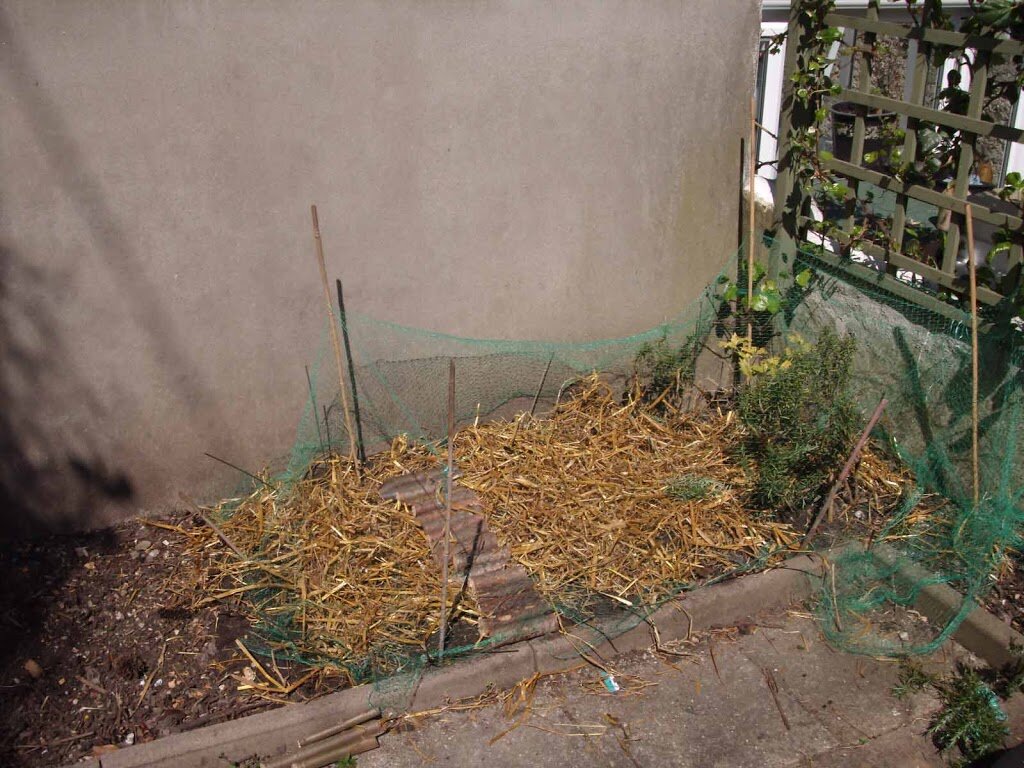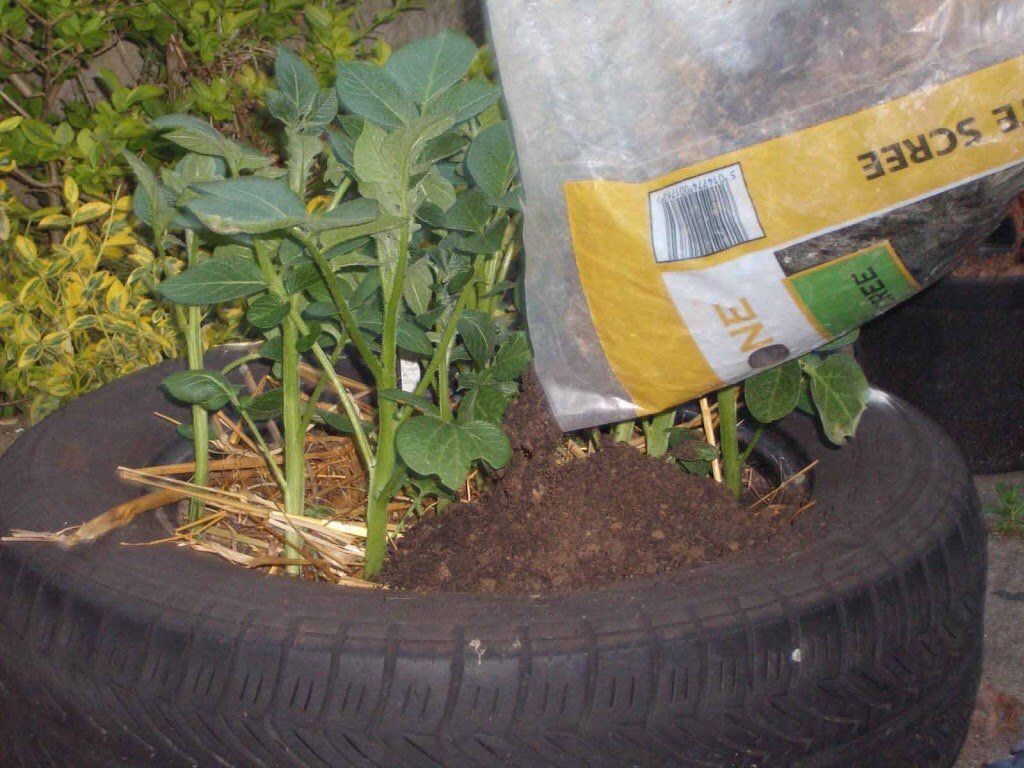Permaculture: Growing Food in a Small Space
Muzammal Hussain
Just 10 years ago, 'permaculture', was a term known to just a tiny minority of people.
Today, the term is known much more widely, with more and more people getting trained up in this remarkable approach of designing sustainable systems and applying it in their own lives and communities. While I initially heard of permaculture in the late 90s, it wasn't for another 10 years (i.e. in 2008), that I took any formal training in it - a weekend course run by Naturewise that both inspired me and made me thirsty for more...
The following year, I applied to get onto Earth Activist Training - a two week residential intensive, while camping at Landmatters eco-community in Devon, that weaves together a full Permaculture Design Course (PDC) with sustainable activism and spirituality. One of the powerful ingredients of this course was the presence of some experienced activists in the direct action movement in the UK. It was a privilege to have been on it and I describe it a little within this post here.
When I returned from the EAT course, one of the first projects I completed was converting a small area of land in our garden into a productive growing space.
In the Beginning: Start with Observation…
One thing we permaculturisits like to do before designing a system is to observe it - and an aspect of observation involves recognising potential ‘threats’ or 'constraints' to the site. Through creative design, we might then consider how to work around (or within) those constraints.
This cute creature seen basking in the sun lived above us. She enjoyed certain activities on our small piece of land. Although she probably didn't realise it herself, her digging holes to relieve herself was seen as a bit of a 'constraint' in getting some things growing on the land! So, I wanted to find a way around this...
To work around her behaviour, (or intrinsic characteristic), I decided to protect the site with netting. This actually had the added beneficial effect of preventing snails from getting to the veggies! I also put a layer of compost onto the soil, which you can see in the photo, the idea being to increase soil fertility and further cover any existing cat poop. Some of the compost was bought, and some was worm compost that we produce from organic kitchen waste.
Additonally, I chose to work on the site without digging, which would otherwise disturb the soil layers and microbiology, and would bring weed seeds to the surface. This would inevitably increase the need to dig in the future, setting up a vicious cycle. Instead I would hoe out any weeds at the surface,and let them lie on the soil
.Letting the weeds rest on the soil in this way better mirrors principles in nature, and allows the weeds to breakdown where they directly feed the land.
Permaculture Principle: Make the least change for the greatest effect
This particular form of stacking is called 'vertical stacking'. We can also stack in time e.g. by growing crops that occupy the same space in different seasons so the land is productive throughout the year; or if we share the same living space with someone else but use it at different times of the day. (Permaculture can help design social systems as well as gardens! Indeed it can help integrate the two!)
In the photo, the tall plant against the back south-facing wall is a beautiful climbing french bean, called Blauhilde. Yet, even though it is at the back, it still gets plenty of sunlight by nature of its height. There are also a few tomato and perpetual spinach plants in the photo, as well as rosemary.
So, lots of diversity in a small space.
Here's a few snaps of the purple french beans being harvested. The plant is high yielding and the beans are delicious!
They also have this unusual characteristic that while purple when raw, they turn green when cooked!
The plant also has wonderful tiny purple flowers that you can see more easily by enlarging the photo.
Here is a close up of a perpetual spinach plant (protected by netting). What I love about perpetual spinach is you plant it once and it provides yield for months on end. I'm surprised more people don't grow it.
Even with just a few plants we often had more than we could eat, and would often enjoy sharing the harvest with our neighbour.
Also planted were broad beans. These were actually harvested before the other crops.
Permaculture Principle: The Problem is the Solution
In this picture are potatoes being chitted indoors to get them started early, before planting them in the soil outdoors. This particular variety came from Seedy Sunday.
There is a permaculture principle that 'the problem is the solution'. To make good use of space, I managed to secure some unwanted used tyres (the 'problem') from a local store, and used them to grow the potatoes (i.e the solution!).
As the potato plants grew, I would put another tyre on top of the existing ones, added some compost and topsoil, and thus made greater use of vertical space. This meant getting a greater yield for the same land surface area.
Here's a sample of the harvest of potatoes. So that's a brief outline of a few permaculture principles that can be used by anyone, to grow food even in a small urban space.
Permaculture Workshops
If you feel permaculture could be useful for your group and are interested in a workshop with Wisdom In Nature, click here for more information.
Further Reading
Here's a short selection of books that I've found useful and inspiring alongside course that I've attended... The Permaculture Way / Also, The Permaculture Garden: Both by Graham Bell Two very readable books by the same author. Both are useful in their own right.
Permaculture: A Beginners Guide, By Graham Burnett - A wonderful little book provides an excellent introduction to the permaculture approach. The One Straw Revolution: By Masanobu Fukuoka -Not explicitly about permaculture but an inspiration to many permaculture practitioners.
The Earth Care Manual: By Patrick Whitefield - Comprehensive, and very well written. For Britain and other Temperate Climates.











